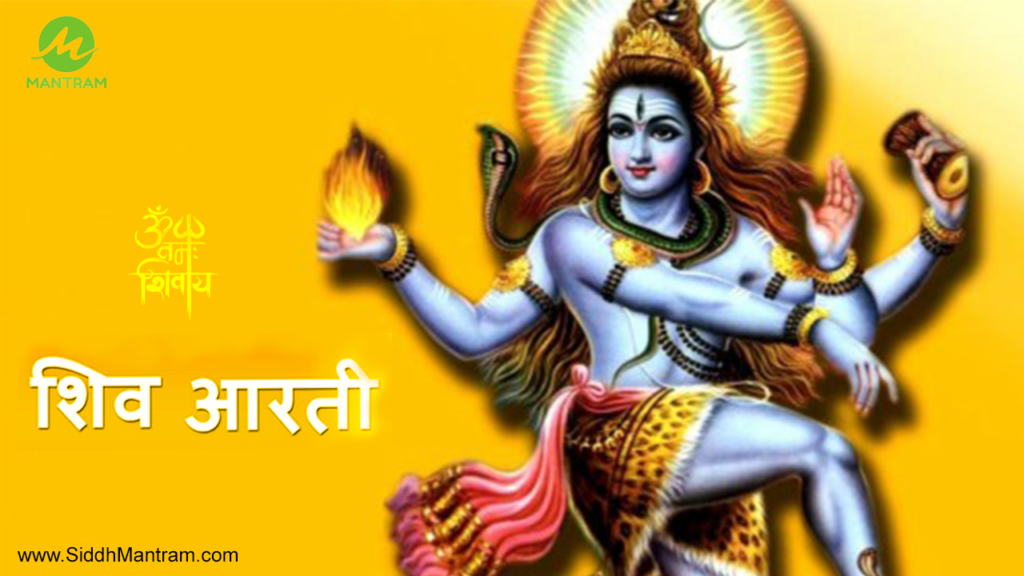Trimbakeshwar Tempe is one of the famous temples among the 12 Jyotirlinga. Trimbakeshwar Jyotirlinga is a holy site in India with the three faces representing Shiva, Vishnu, and Brahma within a hollow Shivalinga.
This special feature gives it the name Trimbakeshwara, meaning “Three Lords.” The linga is decorated with a jeweled crown from the time of the Pandavas.
Location of Trimbakeshwar Temple
Trimbakeshwar Jyotirlinga temple is located in the town of Trimbak in Nasik, Maharashtra. The temple is situated near the Brahmagiri mountain, which is the source of the Godavari River.
Explore Trimbakeshwar Jyotirlinga Architecture

Trimbakeshwar Temple is a beautiful architectural marvel built entirely with black stones in the 18th century. The temple was built in Nagara Style.
The temple stands on a platform called Shikhara. On the peak of the temple, there is a lotus-shaped stone. Inside the temple, there is a hall with a special area and three doorways that lead to the main sacred space.
The temple walls and pillars are beautifully decorated with the sign of Gods, people, flowers, and animals. This temple also has a mirror positioned at a height, which helps believers take a peek at the deity’s reflection.
Also Read- Discover Nageshvara Jyotirlinga Temple in Gujarat
History behind Trimbakeshwar Temple

Once upon a time, a wise man, Gautama Rishi lived on a hill with his wife, Ahilya. There was a big famine for 24 years, and people were starving. Gautama planted rice daily and prayed to the rain god, Varun.
Varun was happy with Gautama and made it rain only where Gautama lived. So, Gautama had lots of food to share with other wise people who were also hungry.
This made the king of gods, Indra, jealous. Indra made it rain everywhere, thinking everyone would leave Gautama alone. But Gautama asked everyone to stay, and he kept helping them, making Indra even more jealous.
Some people wanted to test Gautama. They sent a cow, but it was the goddess Parvati in disguise. When Gautama tried to scare the cow away, it died by accident. Gautama felt very sorry and prayed to Lord Shiva to wash away his mistake.
Shiva made a river called Ganga Flow, which stayed in a pond called Godavari. The wise people asked Shiva to stay there too, and he did as Trimbakeshwar Jyotirlinga.
Also Explore- All About Maihar Mata or Sharda Mata Temple Satna
Timings of Trimbakeshwar Temple
The Trimbakeshwar temple opens at 5:30 AM and closes at 9:00 PM. There is a special ritual called Rudrabhishek that happens from 7:00 AM to 8:30 AM.
General Darshan is allowed from a distance of 5 meters. Only people involved in specific poojas or rituals are allowed to enter the inner sanctum of the Trimbakeshwar temple.
Aartis Performed at Trimbakeshwar Jyotirlinga Temple

Kaalsarpa Pooja- The Kaalsarpa pooja is a ceremony for people facing problems because of planetary disturbance. It involves a bath in a holy place and asking forgiveness for any sin they have done knowingly or unknowingly. As a part of the ritual, you have to donate things like sesame, ghee, and gold to honor God.
This ceremony also includes honoring the Naag (cobra). Doing this on Naag Panchami, a special day, is seen as very lucky. The goal is to reduce the effects of planetary issues and bring more positivity into your life.
Narayan Nagbali Pooja- The Narayan Nagbali Pooja sorts out family problems from the past and helps troubled souls find peace. It is done at Trimbakeshwar temple for three days. A priest makes a wheat flour body and prays for those who pass away. The prayers desire to free these souls. This pooja is best during Pitru Paksha.
Tipindi Shraddha Pooja- The Tripindi Shraddha Pooja is meant to help restless souls find peace. It is also performed to address challenges like difficulties in having a baby, bad luck, ancestral Moksha, and removing Gau Hatya dosha.
Mahamrityunjaya Pooja- The Mahamrityunjaya Pooja is about asking for a long, healthy life and recovering from long-lasting illnesses. This pooja is done to seek the blessings of Lord Shiva.
At Trimbakeshwar temple, they also do pooja like Ganga Pooja, Ganga Bhet, and Tarpan Shraddha. These Poojas are accomplished to bring peace to the souls of our ancestors.
How to reach Trimbakeshwar Jyotirlinga?
By Road- To reach the Trimbakeshwar temple, you can take a road trip from cities like Mumbai (178 km), Pune (235 km), or Aurangabad (200 km). You also have options like buses, taxis, or driving your car.
By Air- The closest airport is Nashik Airport about 39 km away from Trimbakeshwar Jyotirlinga Temple. The airport has flights from cities like Mumbai, Delhi, Hyderabad, Bangalore etc.
By Train- The nearest train station to the Trimbakeshwar temple is Nashik Road Railway Station (NK) which is around 30 km away.
Places to visit near Trimbakeshwar Temple
Bhramagiri Hills- Bhramagiri Hills is around 1 km from the temple. The origin of River Godavari is close to Trimbakeshwar Temple. A trekking path leads to a waterfall and a cave where sage Gautama meditates.
Panchavati- Panchavati is located around 28 km away from Trimbakeshwar temple. Where Lord Rama, Sita, and Lakshmana stayed during exile. It is filled with temples and sites related to the epic Ramayana.
Sula Vineyards: Sula Vineyards is a famous winery 32 km away from Trimbakeshwar temple. It offers wine tasting, and grape stomping, and has restaurants and resorts.
Conclusion
Trimbakeshwar Temple in Nasik, Maharashtra, reflects ancient tales and incredible architecture. At Trimbakeshwar Jyotirlinga, people show respect to Shiva, Vishnu, and Brahma. They do special rituals like Rudrabhishek and ceremonies like Kaalsarpa Pooja, which attract those seeking blessings and guidance.
The temple is encircled by peaceful mountains and a river’s start. Nearby, you can explore hills, historic places, and even a vineyard. This special place combines stories, spirituality, and beautiful nature, making it a peaceful and lovely spot for both visitors and individuals on a spiritual journey.



